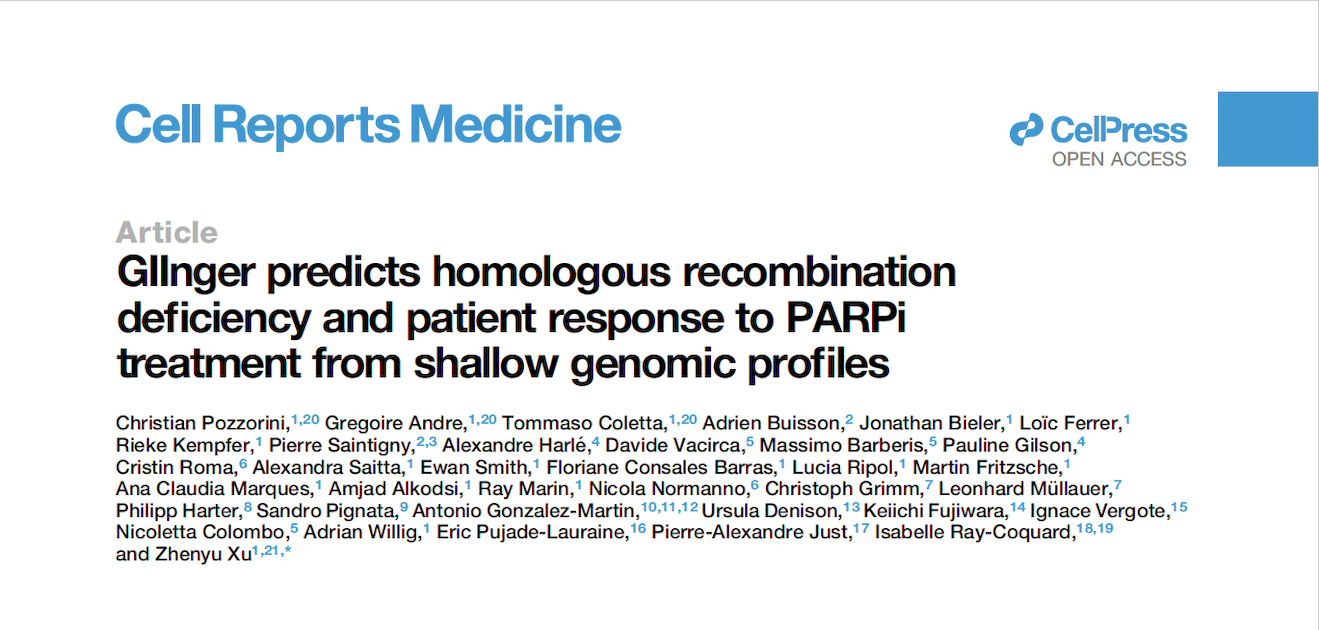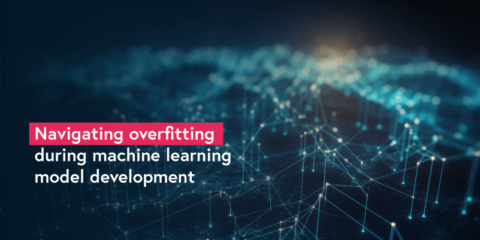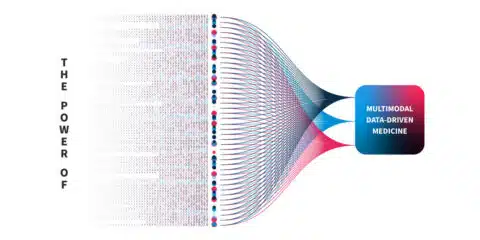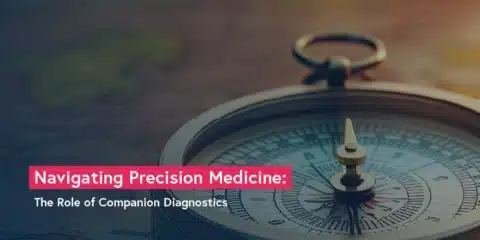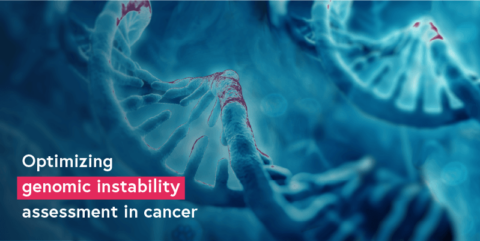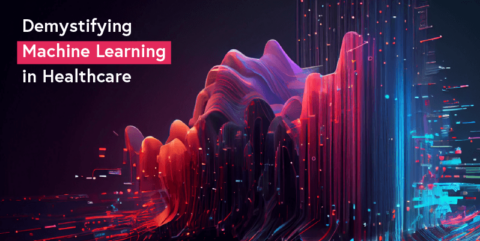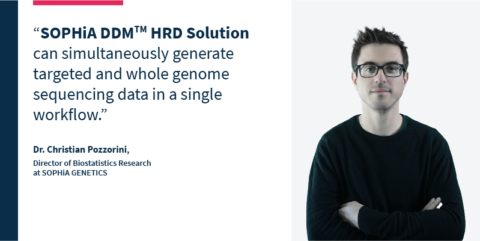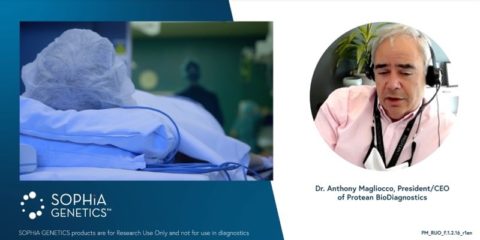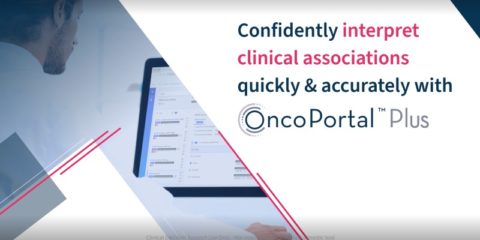Discover how a deep learning algorithm, GIInger™, leverages low-coverage sequencing data to identify homologous recombination deficiency (HRD)-induced genomic instability.
artificial intelligence
Technical Note: Navigating overfitting during machine learning model development
We’re often asked how we avoid overfitting when developing predictive machine learning models for clinical research. This technical note explains how.
The power of multimodal data-driven medicine
Capturing the complexity of human health and disease through machine learning analysis of multimodal data has the potential to drive the future of healthcare.
Navigating Precision Medicine: The role of Companion Diagnostics
Companion Diagnostics (CDx) are important tools in the practice and application of precision medicine. This introductory blog provides an overview of their development through clinical trials, regulatory implications, and clinical utility.
SFMPP 2023
SOPHiA GENETICS™ is excited to participate in the "9ème congrès de la SFMPP" taking place...
Optimizing genomic instability assessment in cancer
Deep learning-based approaches to genomic instability assessment can help overcome the limitations of current methods and maximize insights from tumor samples.
Demystifying machine learning in healthcare: a layman’s guide to understanding the technology
This guide deciphers the jargon associated with machine learning in healthcare and explains why artificial intelligence is invaluable to revolutionize the capabilities of HCPs in improving patient care.
HIMSS 2023
SOPHiA GENETICS™ is excited to be a part of the Healthcare Information and Management Systems...
Diversity in Genomic Analysis: An example of how SOPHiA GENETICS has built more accurate health data analysis for diverse populations
Every person is unique. We can clearly see this within the more than one million genomic profiles from 70 different countries analyzed by our technology.
Tech Talk: Accelerate HRD detection with SOPHiA DDM™ HRD Solution
Learn about the technology behind the SOPHiA DDM™ Homologous Recombination Deficiency (HRD) Solution from the lead developer, Dr. Christian Pozzorini.
How Protean BioDiagnostics utilizes SOPHiA GENETICS for more comprehensive genomic analysis and research
Larger panels may cast wider nets, but optimization with patented algorithms through our universal platform gives more actionable insights without sacrificing data quality.
From analysis to confident reporting at the push of a button with OncoPortal Plus
By leveraging expertly curated evidence, powered by JAX-CKB, and SOPHiA GENETICS’ patented algorithms through the SOPHiA DDM platform, users can then use OncoPortal™ Plus to accurately identify clinical associations and actionable biomarker profiles.
